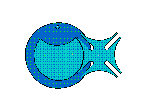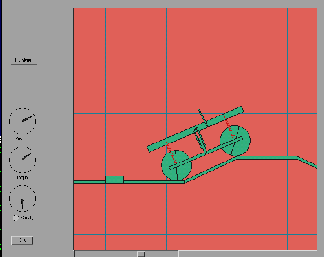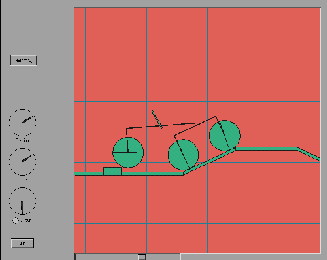
Rapid Prototyping

I worked for a few months on the Rapid Design through Virtual and Physical Prototyping project. The home page for the project is here. I was involved in adapting simulation capabilities of a physically based modeling system to a design/manufacturing system, including building a user interface. Ultimately, simple mechanical assemblies could be designed, their working simulated, and with minimal human intervention, the parts actually manufactured at one of the stations at CMU, Berkeley, or Stanford.
Rover Design
For a few weeks, I worked on using available
simulation tools to test two possible schemes for the mechanical
design of a wheeled locomotion robot on a rough terrain with an
attached pointing device, of the lunar rover project at the Field Robotics Center. This was work with Deepak Bapna. A Pointing mechanism
based on the second design was ultimately used in the Atacama Desert Trek,
in Chile in 1997. The two designs that were proposed and tested were :

| 
|
The Invasion of CMU!
Class project in Animation for Computer Graphics. Short
movie, showing the bombing of Hammerschlag Hall on the CMU campus
by a UFO. Done in OpenGL with simple primitives. [2.62 M gzipped quicktime].
Artificial Intelligence to parallel park your car?
In
an implementation of Jean-Claude Latombe's motion planning algorithm,
we designed optimal ways to parallel park a car, given its shape,
initial and desired positions, and a map of obstacle geometries. The
algorithm was used to generate an optimal sequence of moves such as
the following. Note: this has nothing to do with the REAL autonomous driving
project, The Navlab.

Adaptive remeshing for Finite Element Analysis
Undergraduate thesis, Department of Mechanical Engineering, Indian Institute of Technology,
Madras, June 1994. Not online.
Sundar Vedula